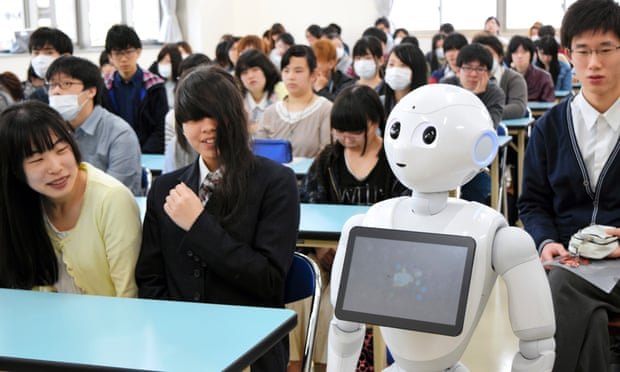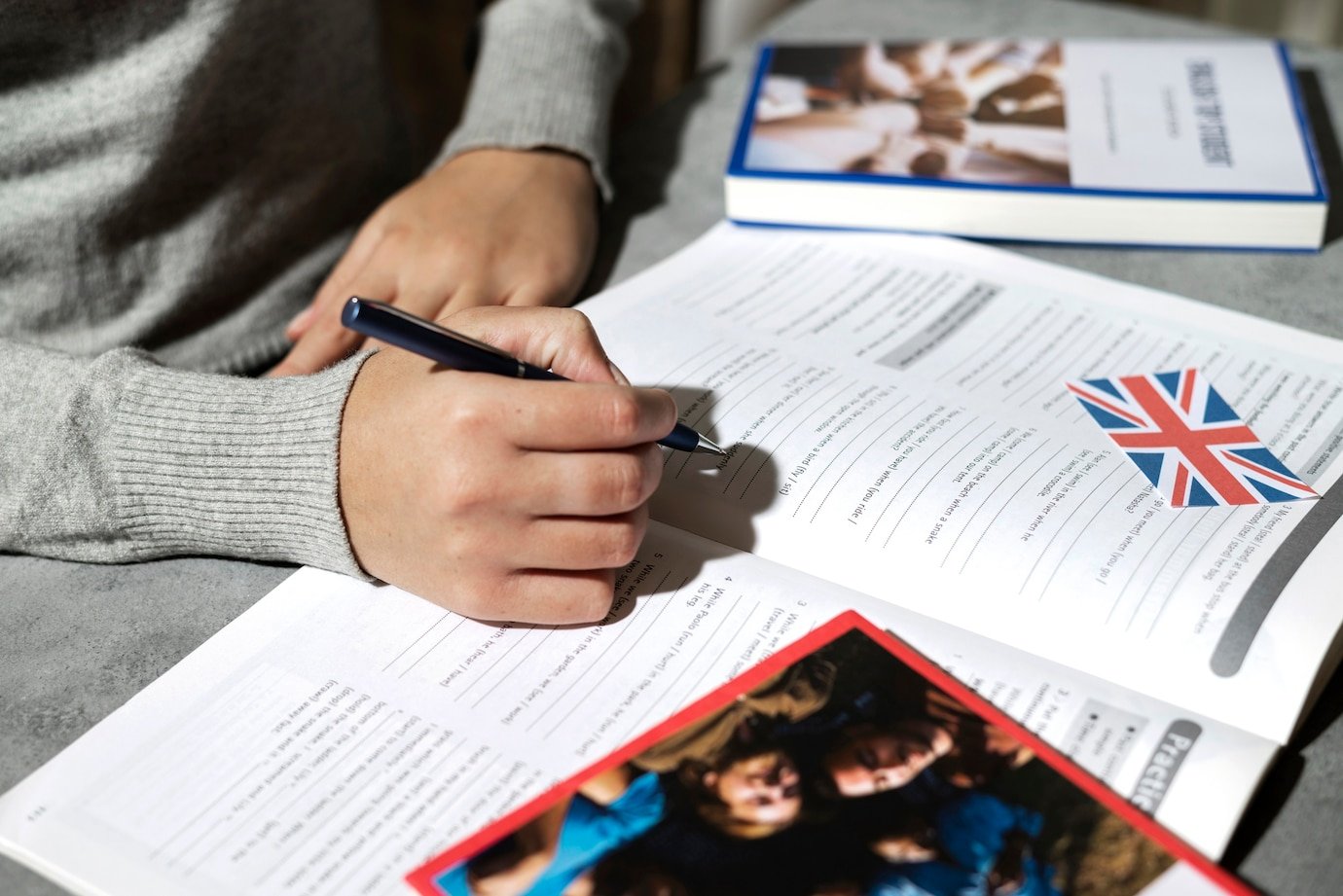Japanese city to use robots to tackle rise in truancy
Schools in Kumamoto have purchased two mechanical assistants to help children regain confidence in dealing with teachers and classmates.
A city in Japan is tackling a rise in truancy with the help of a robot assistant that officials hope will encourage absentee children to attend classes remotely and eventually coax them back to school.
Two robots equipped with microphones, speakers and cameras are expected to appear in classrooms in November in Kumamoto, south-west Japan, according to the Mainichi Shimbun newspaper.
Although teachers will continue to be present, the city’s board of education hopes that the addition of the 1-metre-high, self-propelling robots will help absent children overcome their anxiety and give them the confidence to return to in-person education.
Students learning remotely will be connected to the tablet-equipped robots via their laptops, allowing them to “attend” the same lessons as their classmates and take part in discussions, the Mainichi said.
The robots will not be confined to the classroom, however; local education authorities say they will be free to roam school premises and even take part in events.
The board decided to introduce the measure amid concern over a rise in the number of truant children in recent years – a phenomenon apparently accelerated by the Covid-19 pandemic.
It said 2,760 children of primary and junior high school age in the city were not attending classes in the 2022 academic year – the fourth consecutive annual rise since 1,283 students were listed as absent in 2018.
In January, schools in Kumamoto employed teaching assistants to stream classes to enable absentee students to join online – a move welcomed by the children themselves. In feedback, one said the virtual classroom had helped them with their self-esteem, while another said they were less anxious about communicating with teachers and classmates.
“Aside from letting them view the classes, the robots allow students to move freely in the classroom space and communicate with their classmates,” a board official told the newspaper. “Hopefully, this can help lower the mental hurdles for truant students.”
Kumamoto is not the only place trying to tackle a rise in truancy. A record 244,940 primary and junior high school students in Japan refused to go to school for 30 days or more in the 12 months up to the end of March 2022, according to the education ministry.
The ministry cited mental and physical health problems triggered by the pandemic as the biggest factor.
The government did not order school closures that year, but many voluntarily cancelled classes during waves of coronavirus infections, making it harder for children to resume a normal education. Pandemic measures also forced schools to cancel trips, sports days and other group activities.








Comments (0)